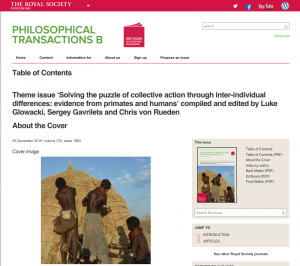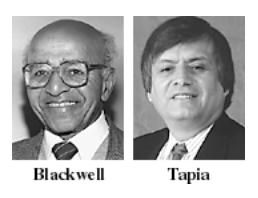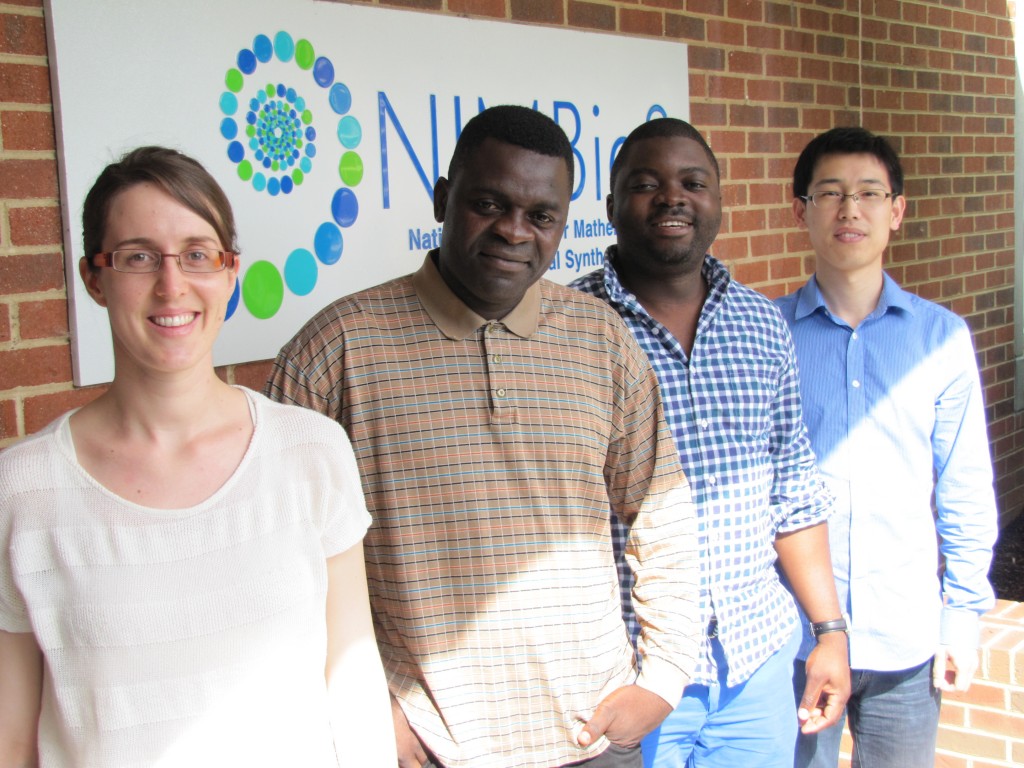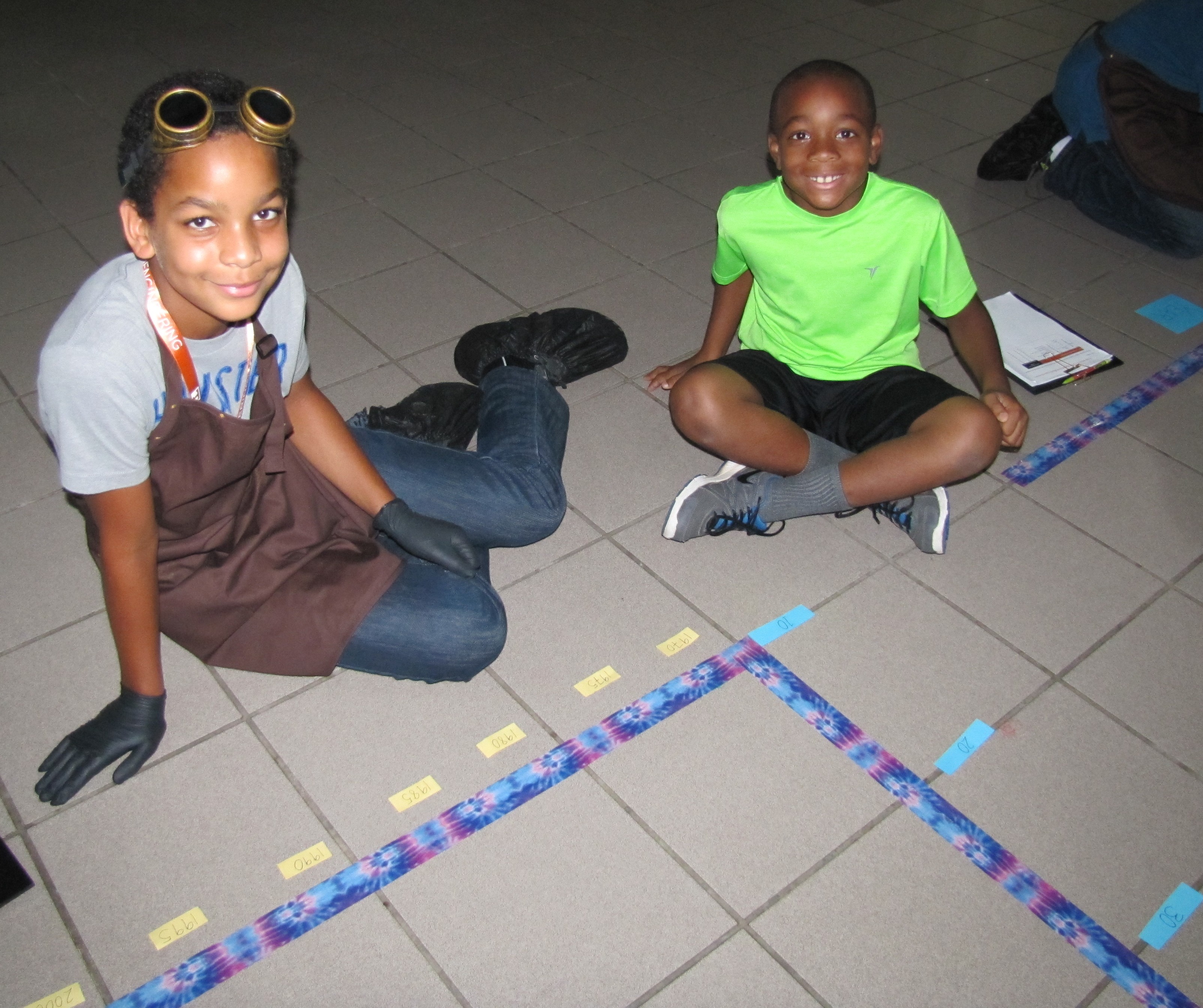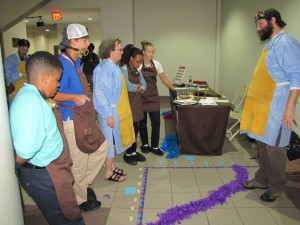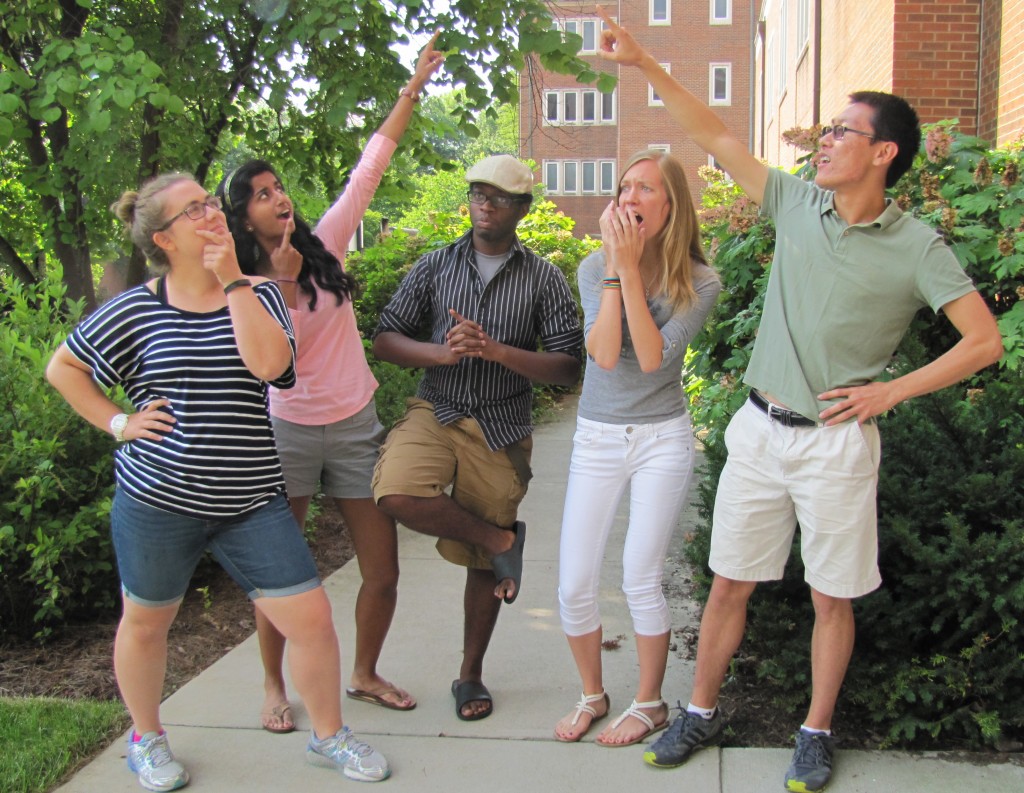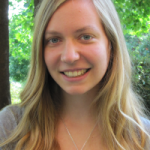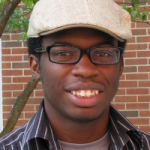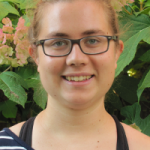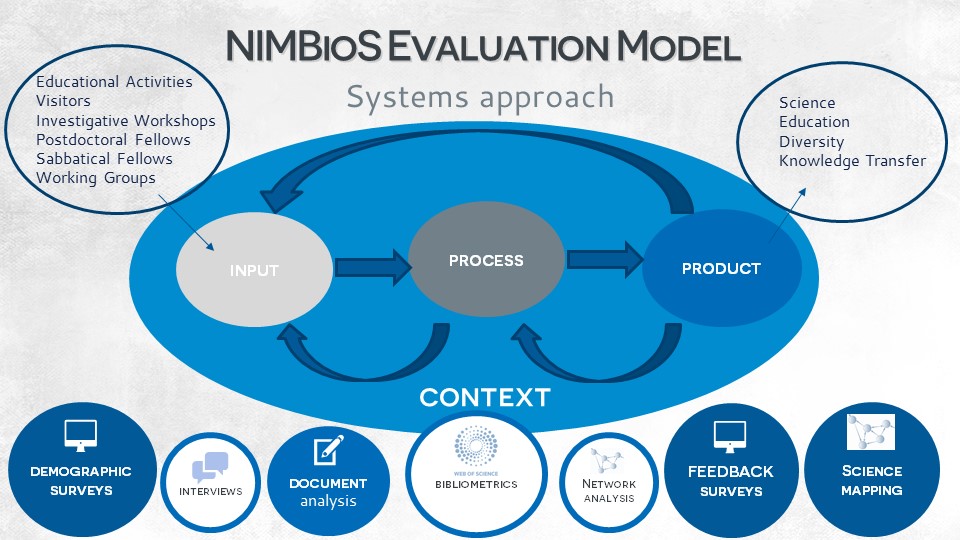What does it take to run a successful collaborative meeting? As a NIMBioS participant or organizer of an activity, you will meet and work with scientists from a variety of fields. Cross-disciplinary research can produce exciting results, but it also presents unique communication challenges.
The following is excerpted from the introductory talk by Simon Kahan at the recent NIMBioS Investigative Workshop: Many-cell System Modeling. Kahan, a research scientist at the Northwest Institute for Advanced Computing, co-organized the three-day workshop. We share it here with permission from Kahan in hopes this model for effective collaboration may prove useful to you as a participant or organizer.
*********************************************************************************
“A Preparatory Model for Collaboration”
When we meet, we will become a system of professionals with diverse expertise and a shared purpose, seated around a table, eager to collaborate. NIMBioS has made this possible, generously providing the necessary funding and facilities. We hope to make the most of this opportunity by advancing our purpose to the best of our abilities and by creating new directions or ideas that are more significant to the community than would be the additive sum of our typical individual contributions over three days. We do not yet know what that looks like. We have never before worked as this group. We will have only limited time together: time insufficient for the “forming, norming, storming, performing” phases of group development, perhaps insufficient even to remember the names of the other group members. Our hopes are therefore tempered by practical constraints.
To compensate somewhat, we can prepare ourselves. We can prepare by contemplating two roles each of us may take on during our meeting:
First, each of us may have a unique role as a participant. As a participant, we each will contribute our professional (subject) expertise. Expression of our ideas will induce others to respond and to build upon them. Through this process, we hope to create a shared understanding of what is, what challenges we face, and what actions are needed to further our purpose. Preparing to take on the role of participant means reviewing the purpose of the meeting, bringing to mind what we can contribute.
Second, each of us may take on a facilitative role. As a facilitator, we each have the opportunity to intervene in the system, adjusting the functioning of the group toward greater efficiency, as I will describe shortly. Some have described taking on concurrent roles of participant and facilitator as being “simultaneously on the dance floor and on the balcony [overlooking the dance floor].” Maintaining both perspectives is a difficult skill to master. Were we to select a person to facilitate only, we would likely lose their contribution as participant, and we would be challenged to identify enough participants with strong facilitation skills when in subgroups. Instead, we share responsibility for facilitation. We will each occasionally check-in from “the balcony” and then return to “the dance floor.” This choice sidesteps the need for an experienced facilitator. There is a large body of literature on collaboration, groups, and facilitation. More pragmatic than expecting group members to prepare by reading the literature is to present, as part of the meeting introduction, the following simple model for collaboration and corresponding interventions. It takes about ten minutes.
The Essential Components of Collaboration are illustrated in the figure below. These components are Task, Process, and Relationship, all of which manifest to some degree in every group member. The degree depends upon personality and circumstance.

The Essential Components of Collaboration
Task is about getting things done. Group members for whom Task is key will feel satisfied when choices are made, actions are taken, and boxes are checked off. When those members are dissatisfied, they become impatient and may behave in ways that seem careless toward other group members. However, in the absence of Task, little is completed.
Process is about how the group structures its work. Group members for whom Process is key will feel most satisfied when the agenda is explicit, objectives are clearly stated, and time apportionments are respected. When these members are dissatisfied, they may demand that the group slow down or they may withdraw from participation altogether. The group may perceive them to be perfectionists. Without Process, the group risks wasting effort by solving the wrong problem or running out of time altogether due to mismanagement.
Relationship is about engaging all participants. Group members for whom Relationship is key will feel most satisfied when every group member appears engaged and satisfied. When these members are dissatisfied, they may become anxious and behave in ways that seem overly sensitive. Without Relationship, the benefit of collaboration will be suboptimal because group members’ expertise will not be fully used.
When all three components are in balance, we collaborate most effectively. That balance and the expertise required to pursue the group’s purpose is all that is needed to advance our shared purpose: no dedicated facilitator is required. For this reason, preparing to maintain balance of Relationship, Task, and Process is a worthwhile investment. Maintenance of balance is a skill requiring repeated effort to master, so having multiple group members intentionally exercising the skill is crucial.
Keeping this model in mind guides facilitation when checking-in on “the dance floor” from “the balcony.” We look for any three of the dysfunctions that indicate imbalance and intervene accordingly.
If our self or someone else seems impatient with progress, we can intervene on behalf of Task. An appropriate intervention requires creativity in response to the situation. Drawing attention toward ending the current phase of the process may address Task dysfunction. An example might be to suggest, “What other ideas are there? <pause> We seem to have collected all ideas, let’s vote!” Providing an impatient group member with something to do that serves this phase of the process serves both to address the dysfunction and provide relief to that group member: “Alex, would you be willing to write down the ideas as we all suggest them?”
If we notice a lack of direction, we can intervene on behalf of Process. Very often groups forgo Process in favor of discussion, leading to wandering. A reasonable intervention on behalf of Process that is never too early is, “Before we go any further, what is our agenda?” Even with agenda in place, groups wander. A direct intervention is appropriate and effective: “Wait! I think we are straying from the point.”
If we notice participation is imbalanced, Relationship may be an issue. However, the cause might just as well be differences in expertise in the particular topic or in engagement style (see below). What we aim to ensure is that those who have something to contribute, do contribute. We might then serve Relationship by intervening, “We haven’t heard from you for awhile: what are your thoughts?” Or, perhaps to someone who is going on at length, “Excuse me, we need to give others a chance to contribute, too.” Intervening on behalf of Relationship can be most socially awkward, but failure to do so risks suboptimal results.
| Component |
Dysfunction |
Intervention |
| Task |
Stagnation
|
“What other ideas are there? <pause> We seem to have collected all ideas, let’s vote!” |
| “I volunteer to write down the ideas as you suggest them.” |
| Process |
Wandering
|
“Before we go further, what is our agenda?” |
| “I think we are straying from the point.” |
| Relationship |
Inequity |
“We haven’t heard from you: what are your thoughts?” |
| “Excuse me, we need to give others a chance to contribute, too.” |
Regarding engagement style, some people can think creatively only when they are not listening. To ensure we include their contribution, we must have quiet times within the collaborative process. During those times, the process should entail individual thought and writing; simply asking participants to spend a minute writing down their ideas prior to brainstorming can facilitate increased contribution from introverts.
In summary, effective collaboration depends upon balance amongst its three components: Task, Process, and Relationship. That balance is rarely sustained without facilitative interventions. We can partially compensate for the absence of a professional facilitator by preparing our group members to occasionally step out onto “the balcony” to observe and intervene in “the dance floor” in an effort to restore balance. Even when few members do intervene, the mere awareness of the others may increase their receptivity, resulting in a smoother, more productive collaboration.
Ideas presented here are both a simplification and a synthesis of concepts in a larger body of work on group dynamics and collaboration. The particular R-P-T model resulted from experiences working with other students in cohort 17 of the Organization Systems Renewal program offered at Seattle University in 2010-12. The program is now offered through Pinchot University.
************************************************************************************
NIMBioS also has a few tips to offer. The following web pages provide detailed instructions for how to conduct a successful Working Group and Investigative Workshop. Each page describes what Working Group organizers and Workshop organizers should do before, during, and after meetings to make them successful.
We are always looking for new research to support! If you are interested in requesting support for a new Working Group or Workshop, the next deadline is September 1. All areas of research at the interface of biology and mathematics will be considered, but we are especially interested in activities expanding beyond the areas of research supported to date. Potential organizers of activities in areas of molecular biology, cell biology, network biology, immunology and systems biology are particularly encouraged to submit requests. For more information about how to submit your proposal, click here.

